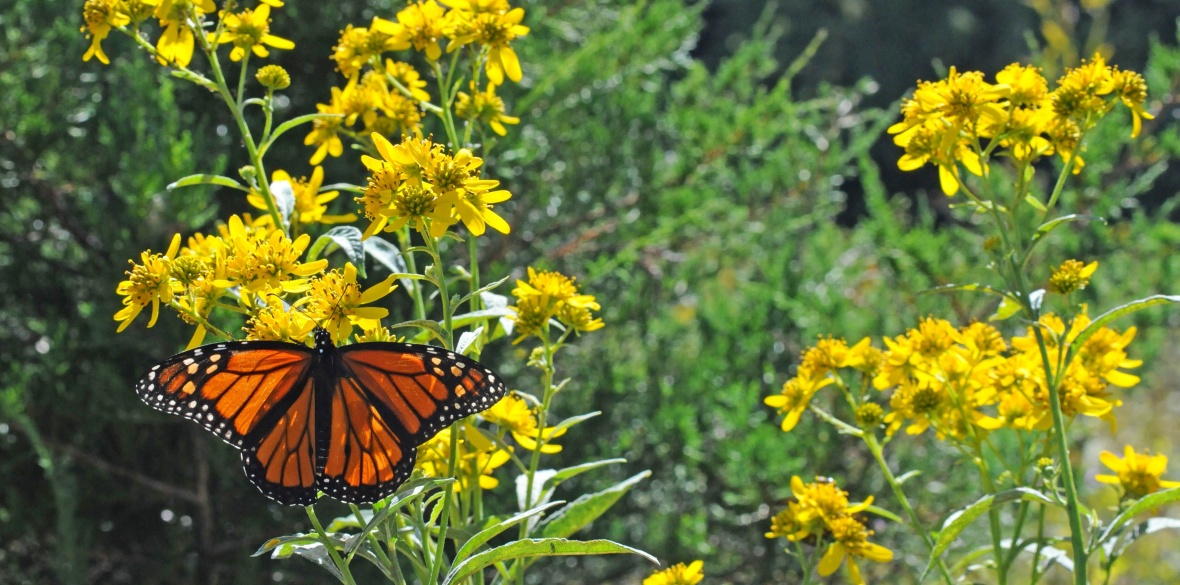This is the last article you can read this month
You can read more article this month
You can read more articles this month
Sorry your limit is up for this month
Reset on:
Please help support the Morning Star by subscribing here
WILDFLOWERS, from wild strawberry to ragged robin, are in decline as a result of widespread loss of meadows and grasslands with no less than 97 per cent of Britain’s traditional wildflower meadows experiencing a steady, quiet and under-reported decline since the 1930s, says the wildlife and conservation charity Plantlife.
A number of traditional meadow and other grassland flowers including harebell, common rockrose, quaking grass and ragged robin that were once widespread are now classed as near threatened in England,
Steep and steady declines of wild strawberry, field scabious and devil’s-bit scabious are particularly worrying. Wild strawberries are the food plant for 51 species of bugs and butterflies, field scabious provides food for 26, and devil’s-bit scabious sustains 25 species, including the marsh fritillary butterfly, which relies almost exclusively on the plant.
A healthy wildflower meadow could have 140 species of flowers, from increasingly rare military and exotic monkey and greater butterfly orchids to key species bird’s-foot trefoil, which provides food for no fewer than 160 species of insect.
More than 1,370 species of insect eat the most common meadow plants.
Plantlife and the Magnificent Meadows partnership it leads have launched an action plan calling for almost a quarter of the government’s pledged 25-year target to create half a million hectares (1.2 million acres) of new wildlife-rich habitat to be focused on restoring flower-rich grasslands.
This would create 120,000 hectares (300,000 acres) of meadows.
There also needs to be protection for wildflower meadows similar to that afforded to ancient woodland. We need a national inventory of species-rich grasslands alongside the Ancient Woodland Inventory.
Plantlife botanical specialist Dr Trevor Dines told us: “The steady, quiet and under-reported decline of our meadows is one of the biggest tragedies in the history of UK nature conservation. If over 97 per cent of our woodland had been destroyed, there’d be a national outcry.
“People tie themselves to trees as the chainsaws arrive, but nobody lies down among meadow buttercups in protest at the ploughing up of ancient meadows.”
A spokesman for Michael Gove’s Environment Ministry (Defra) said: “We have committed to developing a nature recovery network to protect and restore wildlife in our 25-Year Environment Plan.”
However it is difficult to have a lot of faith in Defra after the way it behaved just a few years ago. In September 2014, Natural England — part of Defra — scored an enormous own goal in an earlier campaign to save our wildflower meadows.
In 2014 the EU published a report saying it would introduce laws to protect grasslands the following year. Not unexpectedly many farmers responded by digging up their wildflower meadows before the tighter rules could be introduced.
Our government maintained that grasslands in Britain were adequately protected anyway — a slightly suspect view as we had already lost virtually all of our wildflower meadows.










